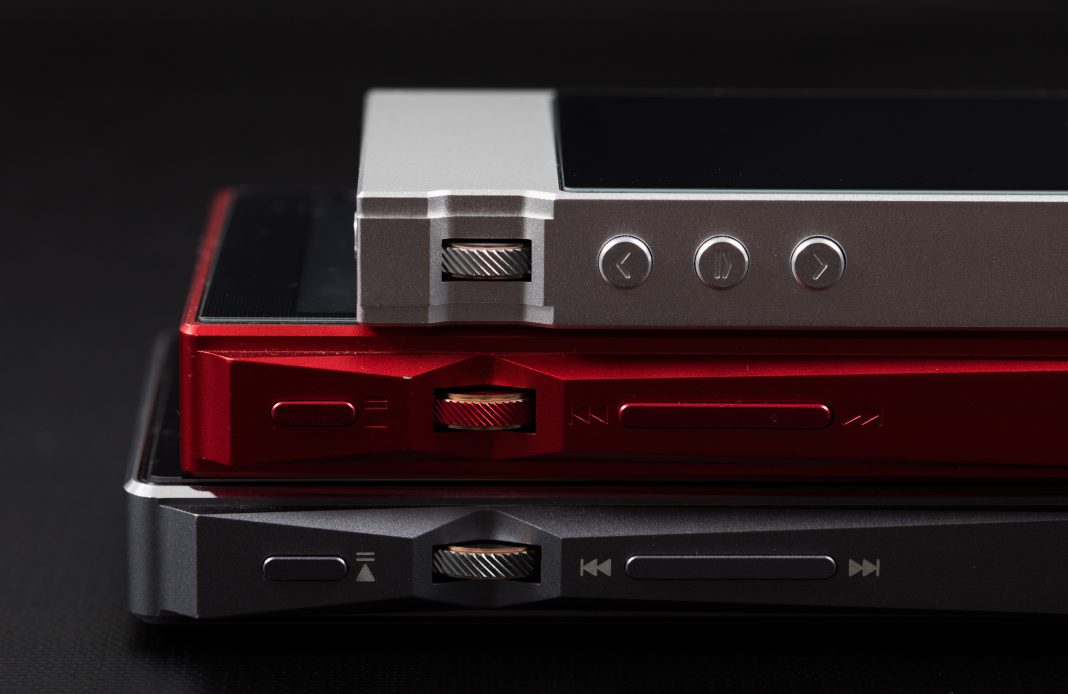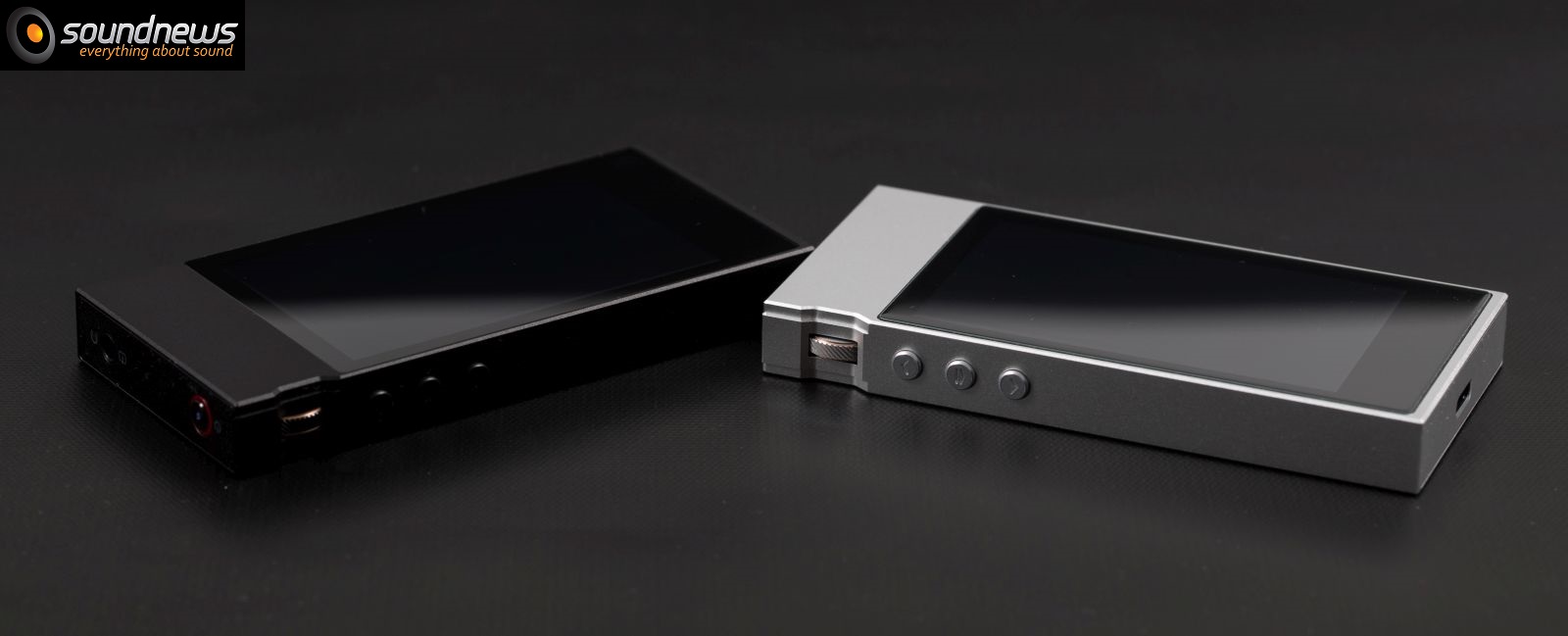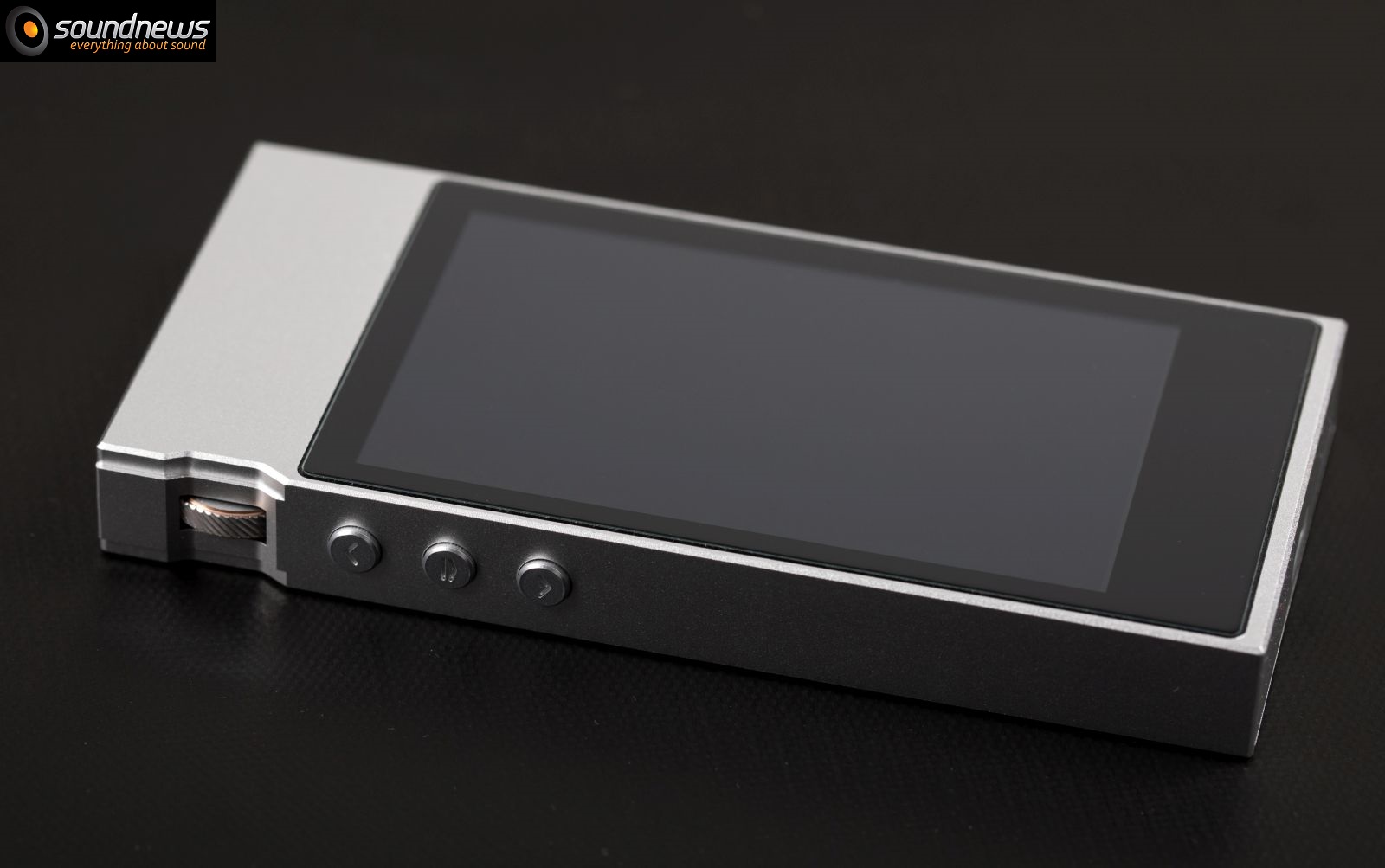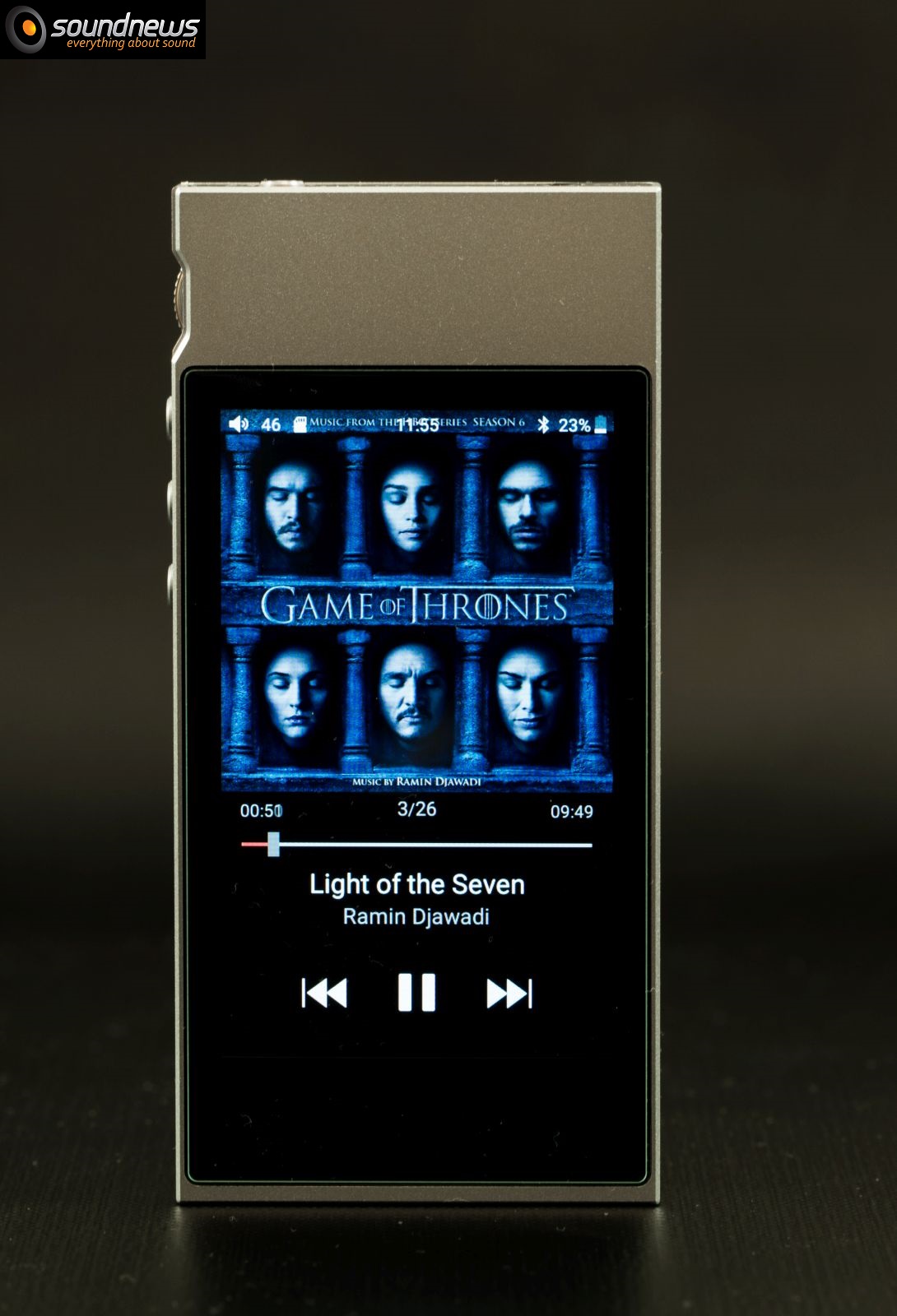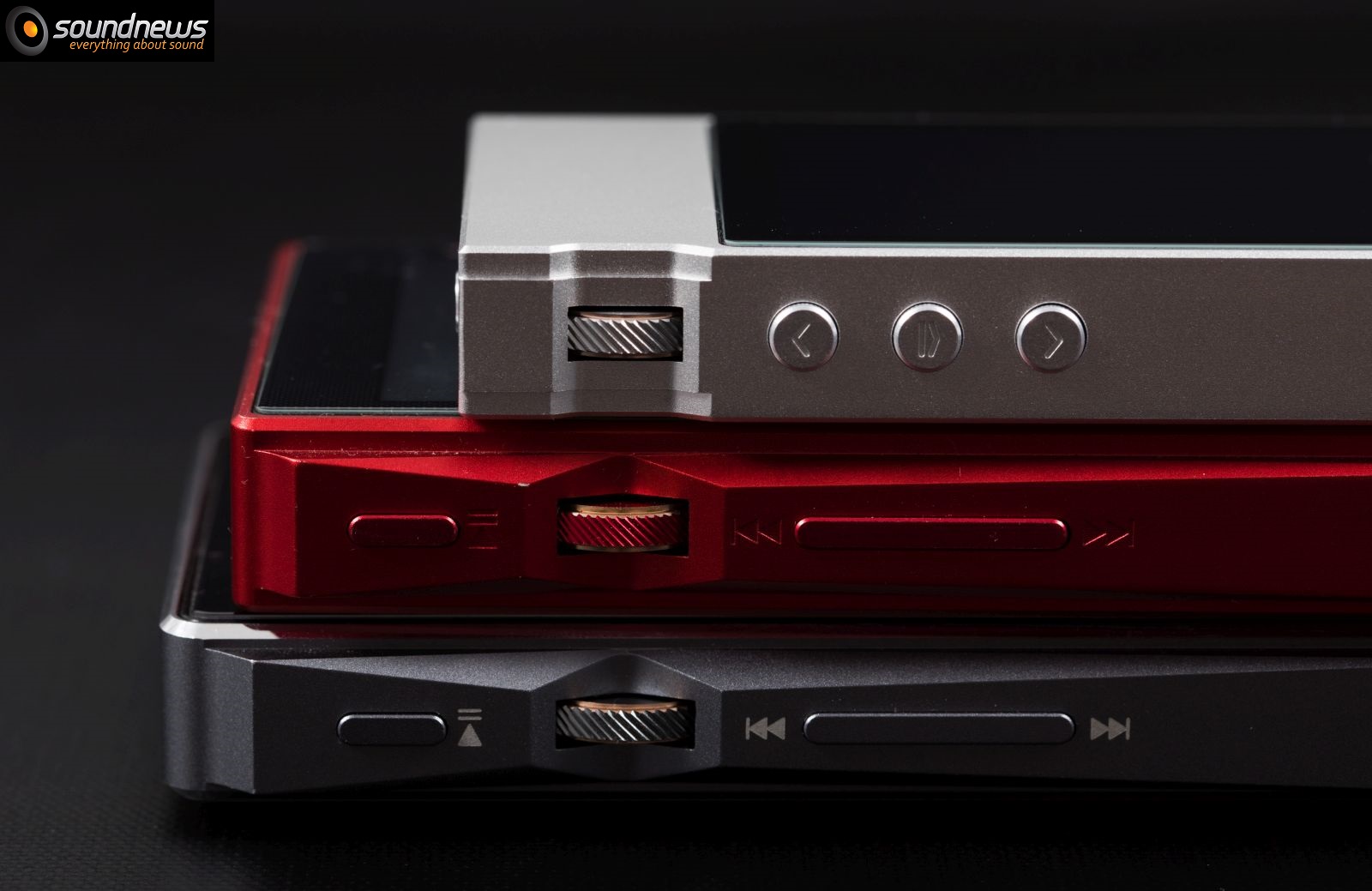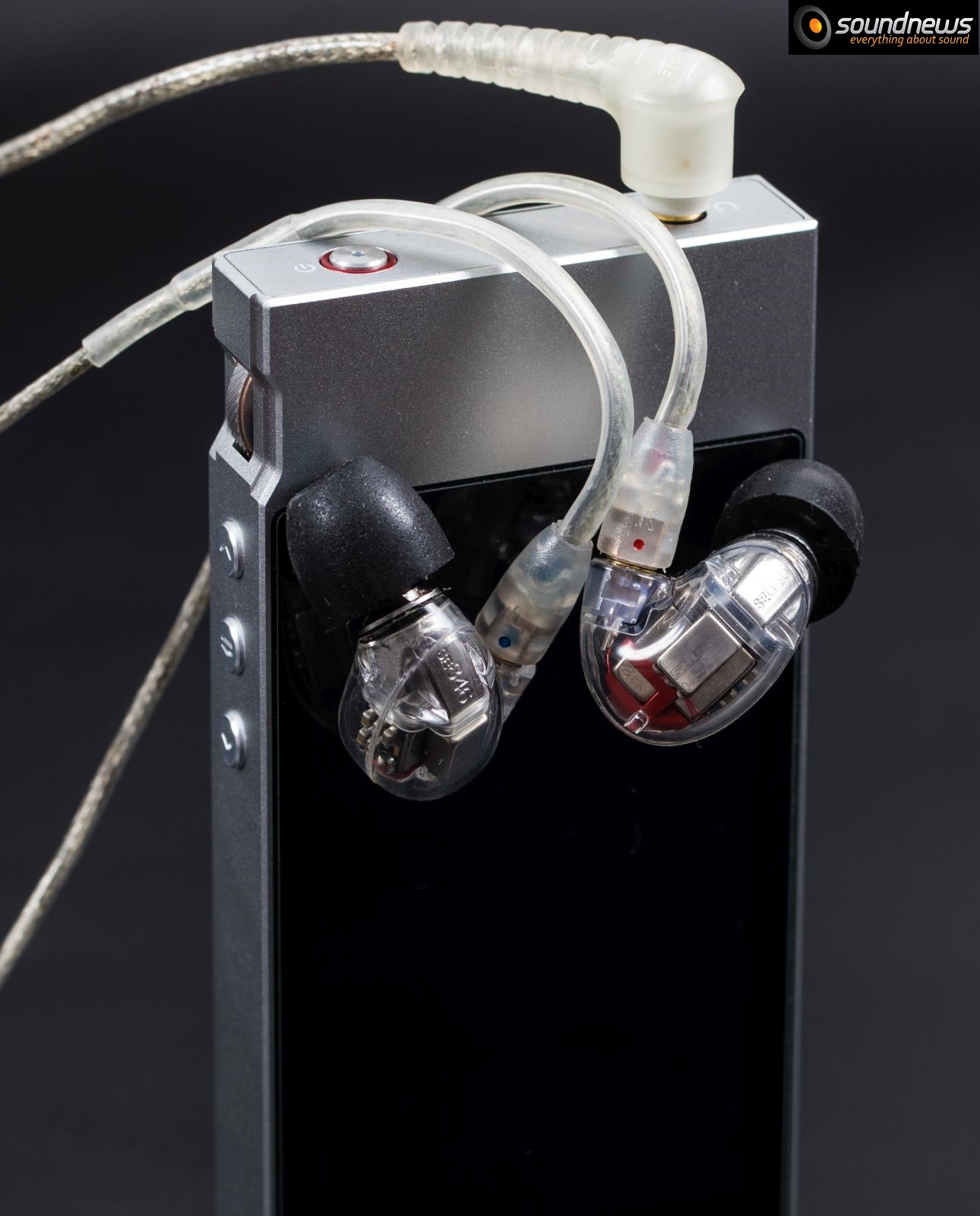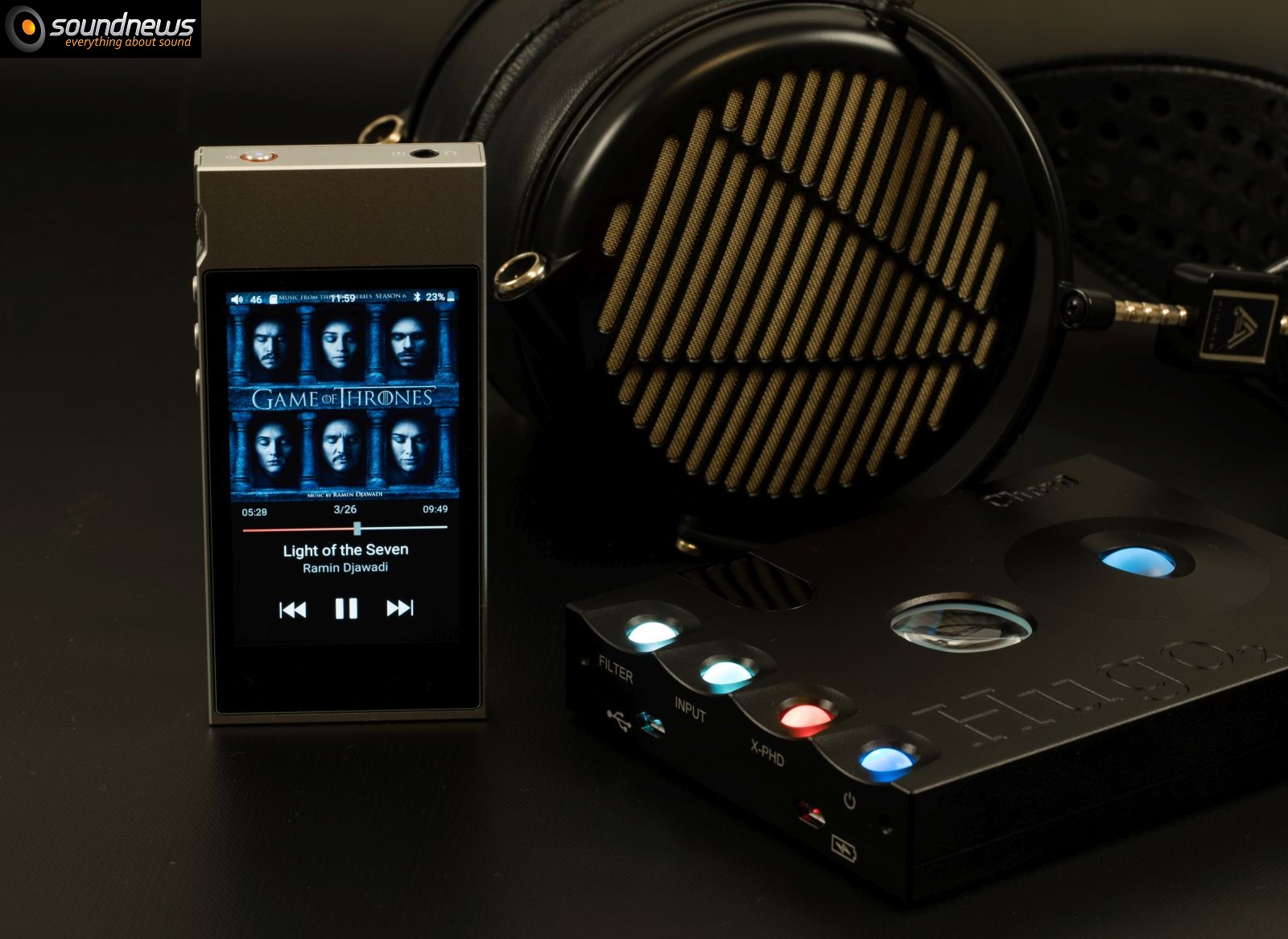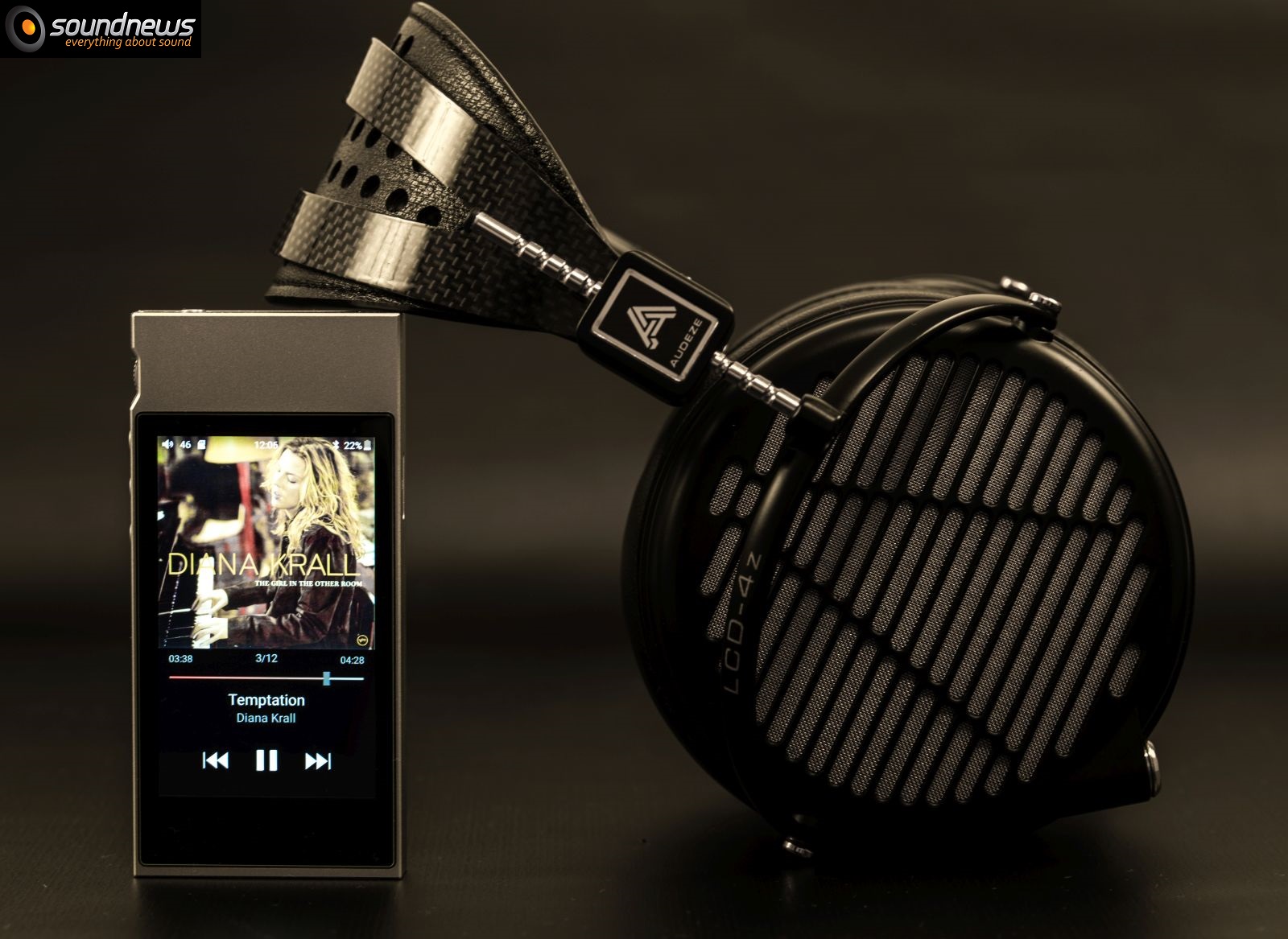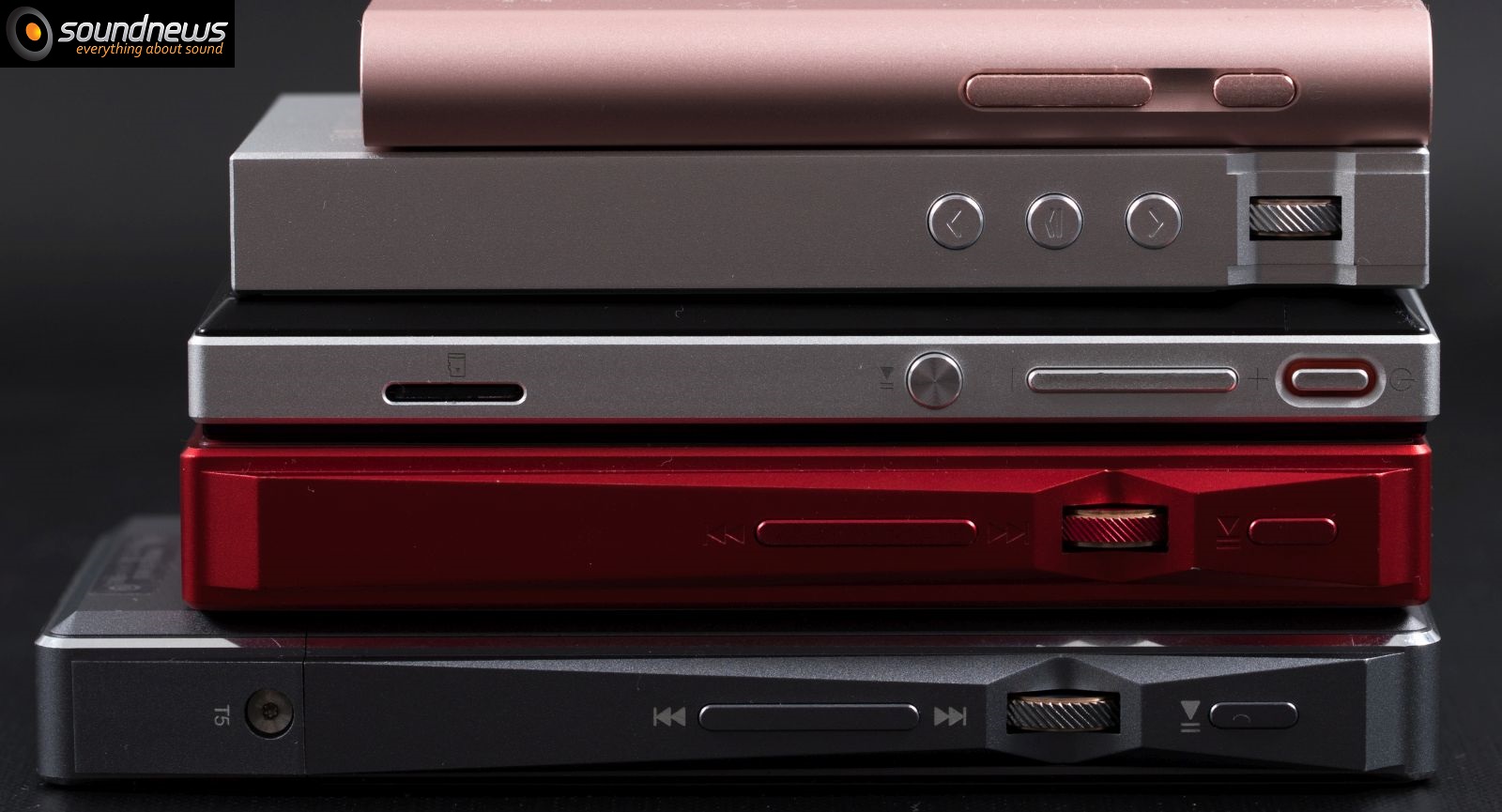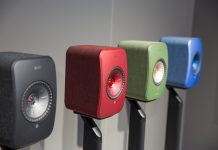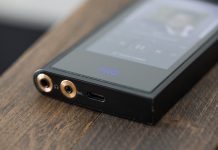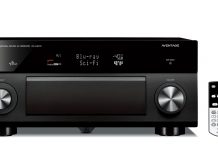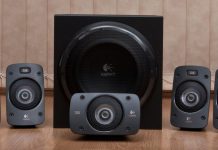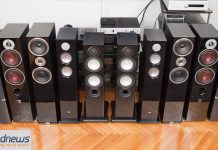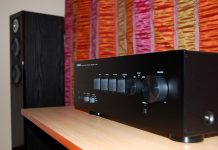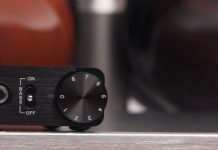FiiO redesigned their entire line of portable DAPs and M7 is first from this newborn series.
At first inspection I realized that M7 is completely different from other DAPs rooted in X series of portable players, it’s surely a product destined and carefully mastered not only for audiophiles but for simple users as well. Due to newest Bluetooth technologies such as Aptx-HD and ultra performing LDAC codec, incorporation of a FM Radio receptor and of a much simpler to use Android 7 OS, M7 becomes an interesting device for anybody that has a minimal interest in sound quality.
All the changes went into the right direction and I predict it will be a successful portable DAP.
Design & Construction quality
I like its design quite much; the return to aluminum unibody design is welcome. New look is sleek and quite simple, very similar to a metal brick. My friend Savu complains of sharp edges, but it doesn’t bother me at all, on the contrary, I love bricks (Lego Technic fan right here).
Physically it’s smaller, lighter and thinner than X3 MKIII and X5 MKIII, very comfy to hold in hand and fairly ergonomic due to its small size.
As with its predecessors, the 3.5 mm jack has a double function: it can be a normal headphone out or a clean line-out of 1.2 V Rms. Unfortunately, coaxial digital transport has been dropped, for this feature you will need an X5 MKIII or X7 MKII.
At the bottom a USB-C connection can be found for charging and data transfer. The USB-C port is long awaited and welcomed on these devices, I anticipate that the maker is already working on the development of K5’s successor, hope to see it as soon as possible.
On the left a digital volume wheel is located that offers 60 steps and another 3 buttons for play/pause, next and previous track, a long press will quickly scroll the track forward or backward. On the right side is a microSD slot that holds cards up to 512GB of memory, and on the top we find the On/Off button and the 3.5mm jack.
The 3.2″ touch screen is large enough to easily read the information on it and is small enough to extend battery life up to 20 hours. The display uses an IPS matrix that has the resolution of 480 * 800 pixels, the viewing angle is quite good and the brightness is decent even on sunny days. Instead contrast and the fine gradation of the colors is a bit off, but after all it was not made for viewing pictures or movies, I can live with that.
I have nothing to reproach, construction quality is at a high level, design is simplistic, it’s small and portable, so far I like everything I see.
Under the hood
As I was saying M7 uses a customized version of Android 7 tuned by FiiO engineers, it’s very different from what I’ve seen on X5 MKIII or on X7 MKII.
Third party apps cannot be installed, the one and only app that can be opened is FiiO Music.
Device is powered by the dual-core Exynos 7270 clocked between 1 – 1.4 Ghz (at 14nm manufacturing process) and has a RAM memory of 768 Mb.
Originally seeing the specifications, I was a bit nervous that it will move slower than other FiiO players, but I’m happy to confirm that it’s actually the fastest player in the entire FiiO portfolio. It moves fluently, without stuttering, including the playback of DSD 64 files is devoid of hiccups.
Digital to analog converter duties are handled by a single ESS Sabre 9018Q2C which is currently the flagship mobile chip in the US manufacturer’s portfolio
This converter also handles the line-out and headphone-out stages, so the audio signal we hear in the headphones comes directly from the ES 9018Q2C without going through separate integrated circuits – an ideal thing to provide the cleanest possible sound.
A novelty in the FiiO portfolio are the new Bluetooth 4.2 standards such as AptX-HD developed by Qualcomm and LDAC developed by Sony, the latter can offer an impressive bit rate of up to 999 Kb / sec which is already considered a lossless signal.
Although a coaxial or optical output is no longer present, the M7 can send a digital signal through the USB-C port to a better converter such as Q5 using a custom cable such as FiiO CL06.
The manufacturer also decided to include a radio receiver for FM 76 – 108 Mhz bands that basically includes all the radio bands around the world.
Although the battery has only 1180 mAh, due to the low power consumption of the M7, it has an impressive 20-hour autonomy and 40 days of standby. Against 8-10 hours of the X7 MKII I think 20 hours are more than enough.
The amplification stage is part of the ES9018Q2C SoC and as a result the headphone amp does not impress as much as the X series players do. The M7 offers up to 70 mW in 16 Ω and up to 40 mW in 32 Ω. For reference, an iPhone 6s has 26 mW in 32 Ω.
Graphical User Interface (GUI)
From the first turn on of M7 I realized that GUI has undergone great changes to be easier to use for regular listeners, not just for the audiophiles. Detailed audio settings can only be accessed from FiiO Music app, I see that the gain setting was dropped. Being a touch screen device, many shortcuts were used, as swiping from different parts of the screen can turn you back to the main menu or to the main folder where audio files are located, I recommend consulting the user manual to know them all.The graphical interface is definitely much simpler than the one found on the X series and I hope this interface will also be ported to the successors of X3, X5 and X7.
Let’s get now to the most interesting part.
Audio Performance
Although at the first inspection I didn’t give it much chance because of small dimensions and specs, but I was pleasantly impressed by the sound quality inversely proportional to its size.
I don’t really know what mumbo-jumbo was done by the FiiO engineers, maybe it’s the All-in-One ESS SoC, maybe it’s the FPGA processing power, maybe its because of the 6 layer PCB that kills part of the cross-talk, but thanks to all those aspects sound quality is in pretty high league, strictly for me it sounded clearer than X3 MKIII and X5 MKIII.
Sounds unreal, but its strong point is exactly a high level of detail extraction, the airy presentation of the notes and a great speed and impact into the eardrums that it is capable of.
Using the FH5 in-ears of the same manufacturer, volume was about half, more than that and it becomes painful.
Although FH5 sounds very clear and are quite demanding toward a very clean headphone output, on M7 even on highest volume not a single hiss or background noise is heard. Background is black as it can be, it’s a very gratifying to those that want to use M7 with balanced armatures IEMs, custom made or hybrid.
Sennheiser HD660S is quite a difficult task for M7 and yet at maximum volume it sounded fairly alive and dynamic, this small fella can power demanding headphones but don’t expect miracles on other desktop sized headphones. For majority of portable headphones, be it over-ear or in-ear M7 is very capable and doesn’t need a separate headphone amp.
FH5, F9 PRO, SE846 and Momentum 2.0 were driven with authority with tons of headroom and lots of power reserve.
On electronic music it jumps at me the speed and attack it is capable of, from this point of view it is again better than X3 MKIII and even than X5 MKIII.
The crisp and airy presentation further enhances the feeling of good speed and impact, when sub-bass strikes it is felt like a train hits you, the sensation is very satisfying.
Infected Mushroom – Groove Attack gets an incredible impact and some explosive dynamics, I want it or not headbanging is already happening …
The same track proves me that the bass is exactly what the doctor ordered and I’m not referring only to the mid-bass, but to the sub-bass as well that goes deep down really fast, hits and retires right away. I feel that the bass is a bit overdone, but not by much, enough to lift your mood, but not so much as to bother you. The purist in me says it has a good dose of quality and some extra topping in quantity.
Bass to mids transition is smooth, same thing happens from mids to treble. Frequency response seems linear with a slight bass boost.
Mids sound clear, well defined, the air between voices is present, voices are not syrupy but not dry either. Typical to ESS Sabre chip-set the focus was put more on the outline of the notes, inclusive to mids and less on tangible weight of those notes.
I can’t attest it’s a very natural sound, but clinical it isn’t as well, quite hard to categorize such a thing, M7 is somewhere in the middle. For example X3 MKIII tends more to musicality and to a natural tone, X7 MKII is in the opposite camp of linearity and absolute precision, M7 is exactly between them, having a little bit of everything.. Still its presentation goes towards X7 more than to X3, M7 has a resolving nature that I can speak of freely in a desktop DAC.
On faster music of any kind M7 is simply a joy to listen, precision and speed stands out immediately, it made me goose bumps on rare occasions, elements that modern smartphones are only dreaming about.
Treble and the rest of the spectrum is clean, lower and higher registers are also present, cymbals are heard very clearly without the disturbing reverb that is so present on low quality sources. Treble has a good presence, it withdraws fast without being mushy, a thing that I really can’t stand.
Shortcomings of the old recordings can be easily heard and unfortunately can not be masked, M7 will emphasize all the details you want or not in a recording.
The grain on some vintage rock albums is there too, the smoke of the old studios can be felt as well without too much effort.
Overall, I think it’s a honest audio source that does not hide anything, which has enough power for the portable headphones and which has an incredible level of dynamics considering the size. If I take into account portability and excellent battery life, I find it quite hard to match.
At the end I did some experiments, for example I connected a pair of Audeze LCD-4Z to M7. Although this DAP is clearly not on the same level with the this particular headphone, the LCD-4Z was surprisingly well driven. The sound experience was good, but the WOW factor was missing, that sound that makes you shrill and you should expect from a pair of headphones that are on the short list of the best in the world.
I went to the next level and I connected the M7 to a Chord Hugo2. The best description of this combo: it was a bomb. M7 is an incredibly good transport, about Hugo2 we will discuss in the next episode. I give you one single tip, Hugo2 is quite expensive and yet inexpensive for what it offers, it’s a bargain.
Comparisons
Although I would not want to cannibalize FiiO DAPs in the same price range, it is imperative to do so.
M7 vs X3 MKIII
Both players are sold at the same amount of money, and yet cheese are two quite different devices.
X3 MKIII offers (much) more power, driving absolutely without problems a pair of HD660S, M7 suffers here and there on some passages on some tracks.
X3 MKIII offers besides a SE 3.5 mm output a balanced 2.5 mm output as well and can be used as a USB DAC, a feature that is missing on M7. If power is your thing then X3 would be a better choice.
Strictly in terms of sound quality M7 is better than X3 on almost all aspects.
The M7 sounds more technical, cleaner and more detailed, sounding a bit more spacious in width, giving even more air between the notes. The M7 sounds faster, more explosive in a way, the X3 is a bit lazy, which pretty much affects rising of dynamics generally used on fast music. All frequency spectrum is more linear on the M7, by comparison X3 sounds a bit dirty as if a curtain covers the music. It’s not a huge difference, but noticeable and it’s a well-documented difference on several portable and desktop headphones. We also used exotic solutions such as Audeze iSine 20 and Shure SE846.
M7 vs X5 MKIII
X5 III is more expensive and much more advanced with many additional features such as streaming, third-party apps support, a better headphone amp even more powerful than on X3.
The pinnacle is that in terms of SQ M7 sounds a little cleaner, airier and a little more linear.The X5 III is slightly more musical and natural, but it loses the correct rendering of the treble, cutting a little out of highers registers. M7 sounds more complete, with better presence in the sub-bass area, with clearer treble without any lower or higher registers being cut.
X5 III sounds deeper and wider, sound-stage is more spread out, a very pleasant effect on jazz and classic music, I suppose it is due to the much more advanced headphone amplifier stage. By comparison M7 sounds more intimate and shy, it sounds pretty wide and sound-stage is quite good, but not at the X5 III level. If I would not take into account the superior power of the X5 III and its Wi-Fi streaming capabilities then I consider the M7 about on the same level as X5 III, some stuff sounded better on the M7 and some on the X5 III.
Conclusions
M7 exceeded my expectations and from now on I will not judge a book by its cover.
The M7 is exactly what a portable DAP should be: it’s small, ergonomic, simple to use, has excellent battery life and most importantly sounds extraordinary.
Construction quality is at a high level and I really have nothing to reproach, I would like the successor of X3 to go in the same direction, comparatively I think that X3 MKIII failed at the design direction…
I’m curious to know why they abandoned the Infinity Sound motto, more exactly the balanced 2.5mm headphone out and why the USB DAC has been dropped, I will also miss the coaxial output to use it as a digital transport.
But if all of these extra features do not interest you then M7 is very capable and comparable to more expensive DAPs or audio sources. FiiO M7 can be purchased at 200 USD, a fair price for what it offers.
PROS:
- Clean sound with good detail extraction
- Airy presentation
- Intimate but deep sound
- Linear freq response with a slight bass boost
- Good balance between technicalities and musicality
- Presence of new Bluetooth standards as AptX-HD and LDAC
- Small dimensions, easy to use GUI, good battery life
- The right price for its performance
CONS:
- Lack of USB DAC, balanced and coaxial out
- Limited power on less efficient headphones
- A leather case is no longer included in the package
Equipment used for review:
FiiO M7, X3 MKIII, X5 MKIII, F9 PRO, FH5, Sennheiser HD660S, Momentum M2.0, Audeze LCD-4Z, iSine 20, Shure SE846, Chord Hugo2.


